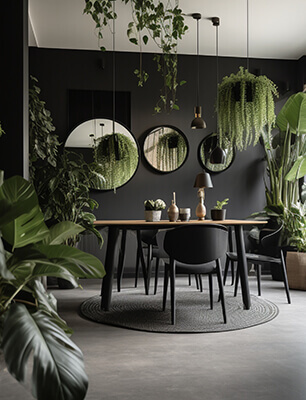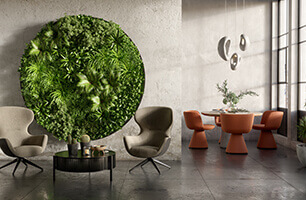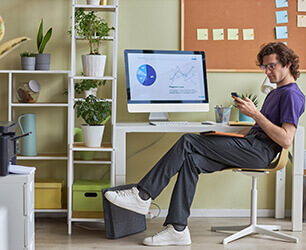Future-Forward British Interior Design: Innovations and Trends in the Post-2020 Era
Introduction
The post-2020 era has ushered in a new chapter in British interior design, marked by the impact of global events, changing lifestyles, and a renewed focus on wellness and sustainability. In this blog post, we explore the innovative trends shaping the future of interior design in the United Kingdom.
1. Wellness-Centric Design
Creating Healthy and Holistic Living Environments
Recent events have heightened awareness of the importance of health and well-being in our homes. Wellness-centric design focuses on creating spaces that promote physical and mental health. Here are the key elements:

1.1 Biophilic Design
Bringing the outdoors inside through the use of natural materials, indoor plants, and ample natural light.
1.2 Mindful Spaces
Designing areas dedicated to mindfulness, meditation, and relaxation, such as zen-inspired corners or meditation rooms.
1.3 Air and Water Quality
Incorporating air-purifying plants and water features to enhance indoor air quality and create a soothing atmosphere.
2. Sustainable Living
Embracing Eco-Friendly Practices
The emphasis on sustainability in interior design continues to grow. Post-2020, homeowners are increasingly seeking eco-conscious solutions. Here's how sustainability is shaping design:

2.1 Eco-Friendly Materials
The use of recycled and upcycled materials, sustainable woods, and non-toxic paints and finishes.
2.2 Energy Efficiency
Integration of energy-efficient appliances, smart thermostats, and solar panels to reduce environmental impact.
2.3 Minimalist Aesthetics
Streamlined, clutter-free designs that prioritize functionality and reduce waste.
3. Flexible Spaces
Adapting to Changing Lifestyles
The pandemic has reshaped how we live and work, and interior design is responding with flexible spaces that accommodate evolving needs. Key features include:

3.1 Home Offices
Designing dedicated home office spaces with ergonomic furniture and high-speed internet connectivity.
3.2 Multi-Functional Rooms
Creating rooms that can easily transform from a home gym to a playroom to a guest bedroom as needed.
3.3 Smart Home Integration
Incorporating technology that allows homeowners to control lighting, temperature, and security remotely.
Conclusion
The future of British interior design is dynamic, marked by a commitment to wellness, sustainability, and adaptability. As we navigate the post-2020 era, our homes are evolving to meet the changing needs of modern living while prioritizing the well-being of their occupants. British interior design continues to be a reflection of our times, blending innovation and comfort in equal measure.


